MENU
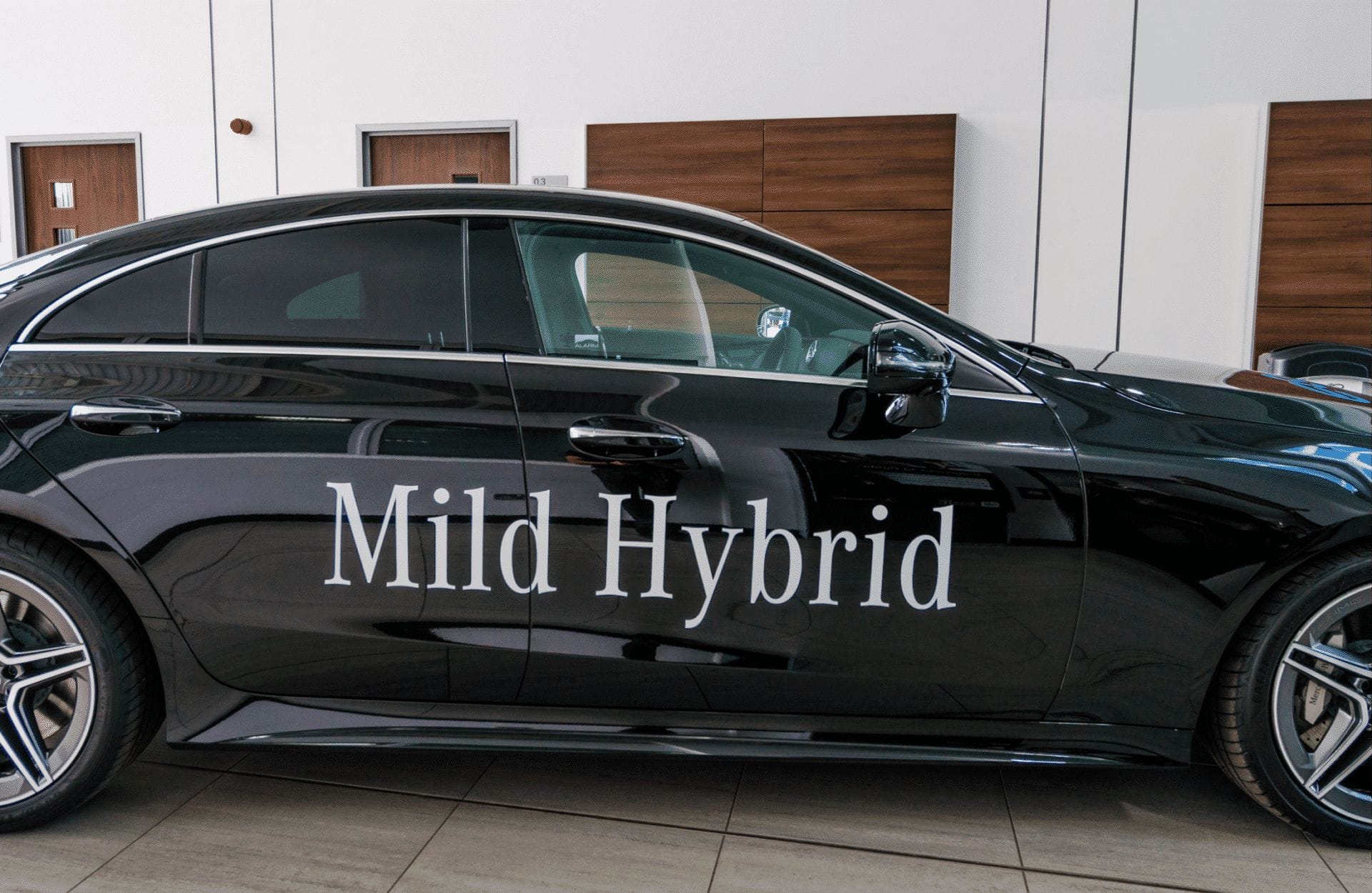
Mild Hybrid Electric Vehicle (MHEV) is one of the cheapest and simplest solutions included in the hybrid drive range. In the following text, we will look at the features of this solution and present the practical aspects of servicing cars in a soft hybrid system.
First, we will present a classification of hybrid cars. A very large number of hybrid systems have been developed and used in various cars. The term hybrid is used to describe a number of cars, significantly different in construction and capabilities.
This term is usually used to describe vehicles equipped with a start-stop system. The term hybrid is a stretch in this case, since such cars are powered by an internal combustion engine and do not have an electric motor. Some systems try to recover braking energy slightly, but with traditional 12V lead-acid batteries this concept does not work. The condition for more current to go to the battery is that it is partially discharged, which in the long run leads to sulfation. In addition, the transfer of more power at 12V generates very high currents, which is impractical.
This is a drive in which the electric motor is not able to fully propel the vehicle, but acts as an auxiliary during driving. The essence of the system is to replace the starter and alternator with a single electrical machine capable of performing both functions (Integrated Starter-Generator – ISG). 48V batteries are used as energy storage, although some solutions (Mazda) use 24V. Energy recovered during braking is used to assist the internal combustion engine. The car stores only a small amount of energy. Compared to the internal combustion engine alone, you can save approx. 10% of fuel under real-world conditions. The term soft hybrid therefore refers to internal combustion cars equipped with an auxiliary electric motor/generator.
A classic hybrid system in which a vehicle can be powered by both an internal combustion engine and, to a limited extent, an electric motor without the involvement of an internal combustion engine. This requires a suitable design of the transmission system to allow the two types of drive to work independently. During typical driving, the main function of the electric drive is to recover braking energy and use it for starting, which allows significant fuel savings in city traffic (fuel consumption is lower than for mild hybrid solutions). Electricity in a full hybrid system is obtained only from the generators in the vehicle, we do not have the option of charging from the grid. Hybrid cars of this type get a very short range on the electric motor, on the order of 2km.
This variant is an extension of the full hybrid system with a battery pack to achieve a useful range in electric mode. We can charge plug-in hybrids from the electric grid and theoretically they can be used as electric cars for short trips. Plug-in hybrids are controversial because, by current standards, they get very good CO2 emissions/km thanks to the fact that they can drive a sizable portion of the test route in electric mode, undercutting average combustion as well. Drivers typically operate these cars on long trips using only internal combustion propulsion, which translates into much less favorable emissions performance and much higher fuel consumption than claimed. A plug-in hybrid involves a heavy vehicle that contains a sizable battery bank in addition to a full internal combustion engine, much like electric cars.
A typical configuration of such a system in a passenger car includes the following components.
Electric turbine – some systems use electric support for the turbocharger. The recharge pressure can be obtained by the power taken from the battery. You may find that the electric support of the turbocharger will allow you to get more acceleration at start-up than what a crankshaft-linked electric motor can offer.
Unlike classic hybrids and plug-in hybrids, servicing soft hybrids does not require additional electric credentials. The voltages present in the system are considered safe. Of course, this does not mean that every mechanic will be immediately ready to service such vehicles. As with any new technology, it is worth starting with training and acquiring the necessary knowledge to safely take the first steps in operating hybrids of this type.
Among the most fail-safe components of the system will certainly be the battery module, which is subject to natural wear and tear, and which can also suffer as a result of car operation errors. Admittedly, lithium cells do not need to be fully charged like lead-acid cells – a partially charged state is even beneficial for them, as they degrade more slowly in this state. However, beware of discharge – a deeply discharged battery can be damaged. In many cases, the electronics integrated into the battery can prevent a deeply discharged battery from being recharged. Therefore, according to manufacturers’ recommendations, prevent battery drainage by starting the car at least once a month. You should also be wary of batteries present on the secondary market. If they have spent too long in a discharged state (e.g., accident cars), they may be worthless even despite their not inconsiderable age or mileage. When we say battery, we mean not only a battery of lithium cells, but also integrated electronics, usually equipped with an additional connector for communication with the controller.
The second problematic component is the inverter. This is a component loaded with high currents, which is responsible for power transfer in the system. At the same time, there is a need to miniaturize these components while optimizing costs. In many cases, the failure rate of the inverters is probably due to their relatively short service life, and it is expected that the problems will be eliminated in future generations of systems.
The third, least fail-safe component of hybrid cars of the type in question is the electric machine. Modern motors of this type, which lack brushes and commutator, are durable and should not cause problems as long as they are designed and manufactured properly.
An example of a measurement that is relatively simple to make to see in practice how soft hybrid cars work is an oscilloscope measurement using current clamps. If we want to measure the voltage at the same time, it is important to provide a device to which we can safely attach 48V. For many devices, we need to use appropriate clamps with a divider. Using the Scope DT workshop oscilloscope, we don’t have to worry about this, as we can connect such a voltage to any of the inputs. In addition, the design of the inputs protects against the possibility of making a short circuit. When selecting clamps, we must use a component with a suitable current range, such as 400A. With the clamps we cover one of the current wires leading to the battery. By performing the test under dynamometer conditions, we are able to see when current flows into the battery, charging it, and when additional power is transferred to the electric motor, which assists the internal combustion engine.
The specific way to service a particular soft hybrid car depends on the version of the system. There is no shortage of these on the market, and manufacturers are developing new generations of chips that differ in technology and capabilities. When considering 48V type systems, always refer to the service procedures of specific cars.

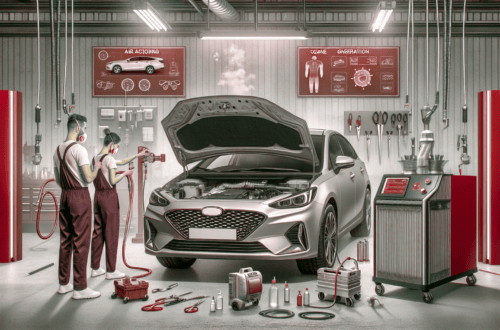
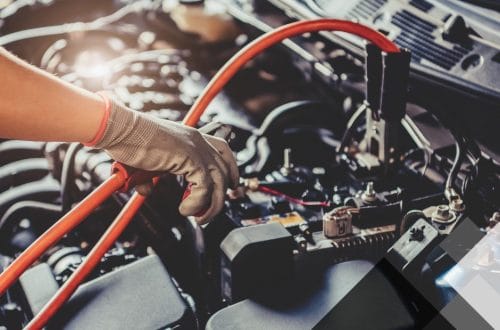



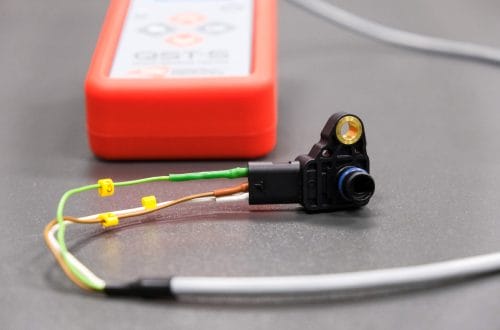
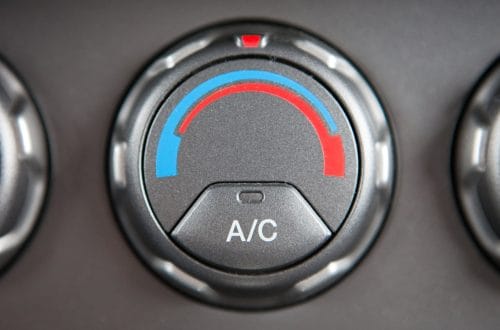


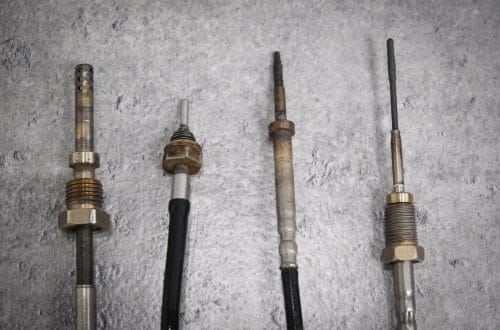

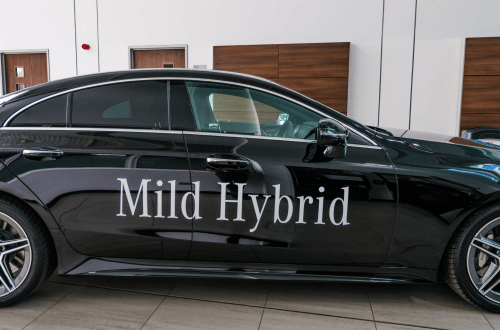


DeltaTech Electronics to polski producent i ekspert w branży automotive, który na bazie ponad 25 lat doświadczenia wyznacza trendy w innowacyjnej diagnostyce samochodowej.
To, co nadaje rytm naszej pracy, to wsłuchiwanie się w potrzeby klientów oraz śledzenie aktualnych problemów, z którymi mierzą się warsztaty samochodowe. Owocem tego jest oferta skrojona idealnie „na miarę” ich oczekiwań.
Cały cykl życia produktów od momentu projektowania rozwiązań, poprzez produkcję, kontrolę jakości i opiekę posprzedażową odbywa się w Firmie. Jakość tego procesu dokumentują liczne nagrody branżowe.
Naszą dumą jest szybkie wsparcie techniczne, polska jakość oraz setki zadowolonych klientów. Firma współpracuje z kluczowymi dystrybutorami w branży motoryzacyjnej.